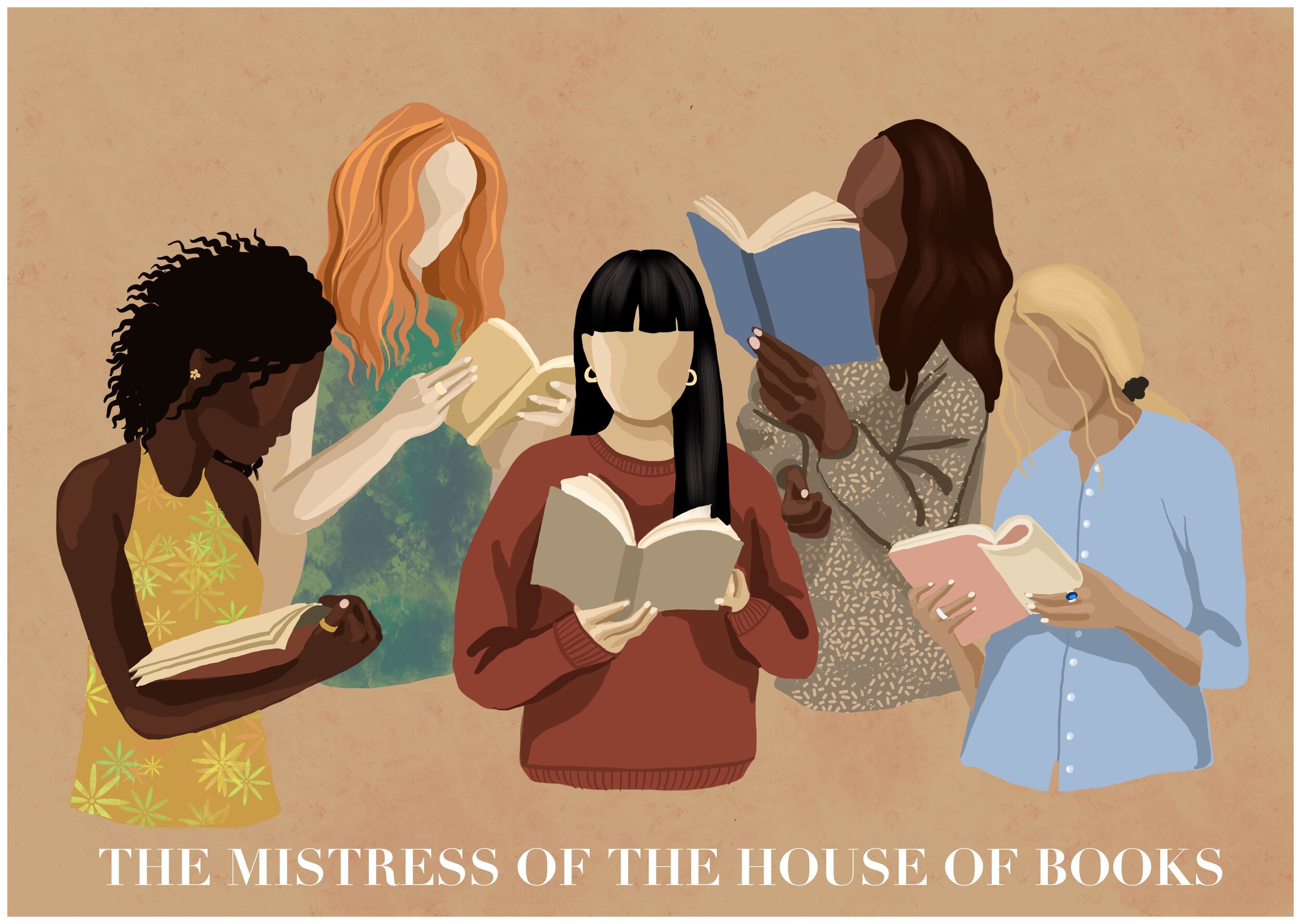Review: The World That Was Ours by Hilda Bernstein
Another book, another review from a book we picked up from Persephone Books in London!
When I was deciding which book to speak on this month I had several different ideas. This past month has been a busy one for me that didn’t involve that much reading for pleasure (boo), so I knew I wanted to review a book that I had already read in the past.
I began to look through my shelves. I had a few ideas, and then...George Floyd was brutally murdered on camera by four police officers in Minneapolis. I knew that I needed to use this space as a platform to speak out against what was happening in America. Or rather, what has been happening in America for hundreds of years. We’re seeing it more often now with the advent of cell phones with video cameras. But, I repeat, this isn’t anything new.
I am responsible for the “classic” book reviews here, so I knew I wanted to work on a historical piece. Then, the more I started thinking about it the more I realized that this isn’t just a United States problem. Systematic and institutionalized racism is a worldwide problem and it’s been happening for thousands of years. This brought me to The World That Was Ours by Hilda Bernstein, a novel that speaks on the apartheid in South Africa in the 1960s.
Hilda and her husband Rusty Bernstein were both activists against apartheid. Hilda and her husband used their power as white people to fight for black South Africans that did not have a voice that was respected or listened to by the South African government at the time. They fought for their friends that had become family, and Rusty even went to prison for his beliefs. They did not take on the role of the white savior, but rather, fought alongside their black South African friends in order to get them the basic human rights they deserved.
If you’re unfamiliar with the concept of apartheid in South Africa, I went to the Britannica Encyclopedia to find a definition. It reads, “apartheid is a policy that governed relations between South Africa’s white minority and nonwhite majority and sanctioned racial segregation and political and economic discrimination against nonwhites. The implementation of apartheid, often called “separate development” since the 1960s, was made possible through the Population Registration Act of 1950, which classified all South Africans as either Bantu (all black Africans), Coloured (those of mixed race), or white.” If you’re familiar with segregation in the United States, apartheid is a similar idea, but on steroids.
In 1963, Rusty, Mandela, and fifteen other heads of the African National Congress (ANC) were arrested and charged with over 220 acts of sabotage with the goal of a “violent revolution.” The World That Was Ours details Hilda’s experiences, as well as her husbands and the other leaders of the ANC, leading up to the “Rivonia Trial,” which would determine the fate of the activists. The book also details the harassment that the South African government inflicted upon the Bernsteins and their eventual escape to Botswana.
Hilda writes beautifully, and she truly centers the novel on the experience felt by her fellow activists, Nelson Mandela in particular. In some sense, this is Mandela and the other leaders of the ANC’s story as shown through Hilda Bernstein’s eyes.
The simple fact that Hilda chose to write this novel from her point of view is a feminist act. And, seeing as though our goal here at The Mistress of Books is to focus on feminist stories, Hilda shines as a feminist figure. She and the other wives of the prisoners came together and fought for their husbands who were in jail. She helped to organize the Women’s March to Pretoria, the prison where her husband and Mandela were being held. Hilda herself was a founding member of the multi-racial Federation of South African Women and worked to bring together women of all races to fight against apartheid, and was an activist for women’s rights as well. Hilda was also a member of the South African Communist Party, which was the only political party in South Africa with no racial segregation at the time. Hilda had been working as an activist since the late 1940s, a rare feat for a woman in the mid-late 20th century.
The South African government quickly targeted her as a problem child, and she was constantly being monitored by them. They banned her from joining political groups, and she was eventually banned from publishing her work. This didn’t mean that Hilda’s work was done, she simply had to go underground with her activism.
After fleeing to Botswana, Hilda and her husband moved to England to continue their work abroad. Hilda, in particular, made speeches and wrote in support of the Anti-Apartheid Movement in England. The Bernsteins didn’t return to South Africa until 1994 when Mandela was elected the first president of South Africa.
I suggest that you read Hilda’s novel alongside Amandla by Miriam Tlali in order to see the experience from a black South African point of view as well. Miriam was the first black woman in South Africa to become a published author, and she writes about the Soweto uprising of 1976. While Hilda’s story is moving and important, it’s equally important, if not more, to read from the point of view of the truly oppressed.

